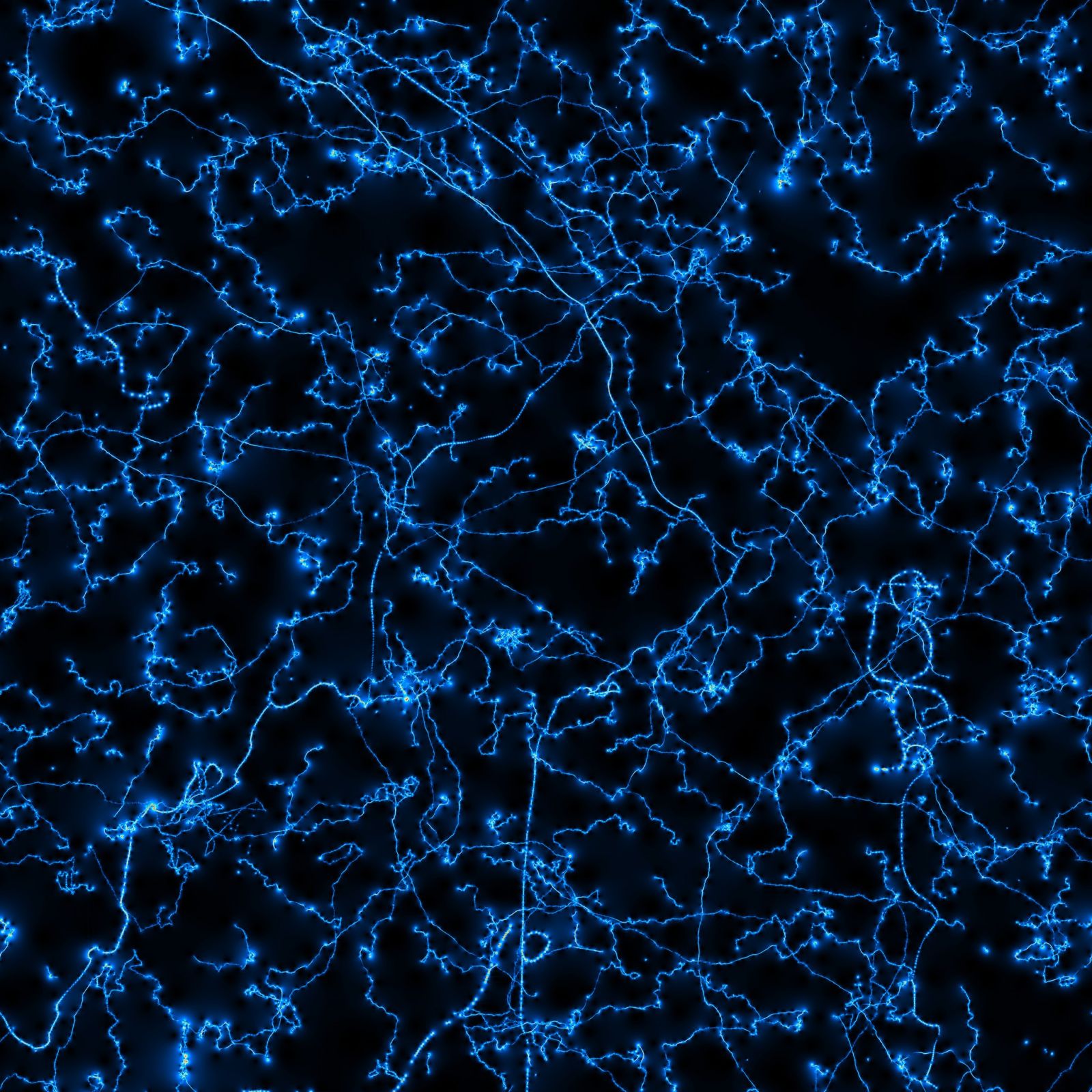Cosmic strings may snap, and it's extremely violent
Follow us on Google News (click on ☆)
With a thickness not exceeding that of a proton and a length extending from one end of the Universe to the other, these cosmic strings could have a mass exceeding that of the Earth over a length of just about one to two miles (1 to 2 kilometers).

This image is a computer-generated simulation representing the amplitude of the gradient of anisotropies induced by cosmic strings in the Cosmic Microwave Background.
Chris Ringeval
Until now, the scientific community considered these strings to be almost indestructible, stable from the Big Bang to the present day. Only a mutual collision or the formation of a loop could lead to their decay into particles and energetic radiation. However, this new research suggests that cosmic strings might actually be metastable. This concept of metastability, common in the physical world, describes a temporarily stable state that can be disrupted by a change in balance.
The study reveals a possible mechanism for this instability: interaction with magnetic monopoles, hypothetical particles also created during phase transitions of the Big Bang. These monopoles, possessing a single magnetic pole (north or south), could annihilate in the presence of "antimonopoles" near the cosmic strings, releasing energy capable of "cutting" these strings in two. This process of instability would ultimately lead to the dissolution of the cosmic strings.
The dissolution of cosmic strings could generate gravitational waves. These waves, vibrations of space-time, could be the remnants of the existence of cosmic strings in the Universe. Although the cosmic strings themselves have not been directly observed, the gravitational waves recently detected could be interpreted as signals of their past presence.
This research opens up new perspectives for understanding the mysteries of the early Universe and the foundations of modern cosmology. Scientists are now interested in the detailed analysis of gravitational waves to determine if they actually come from cosmic strings or other phenomena such as colliding black holes.